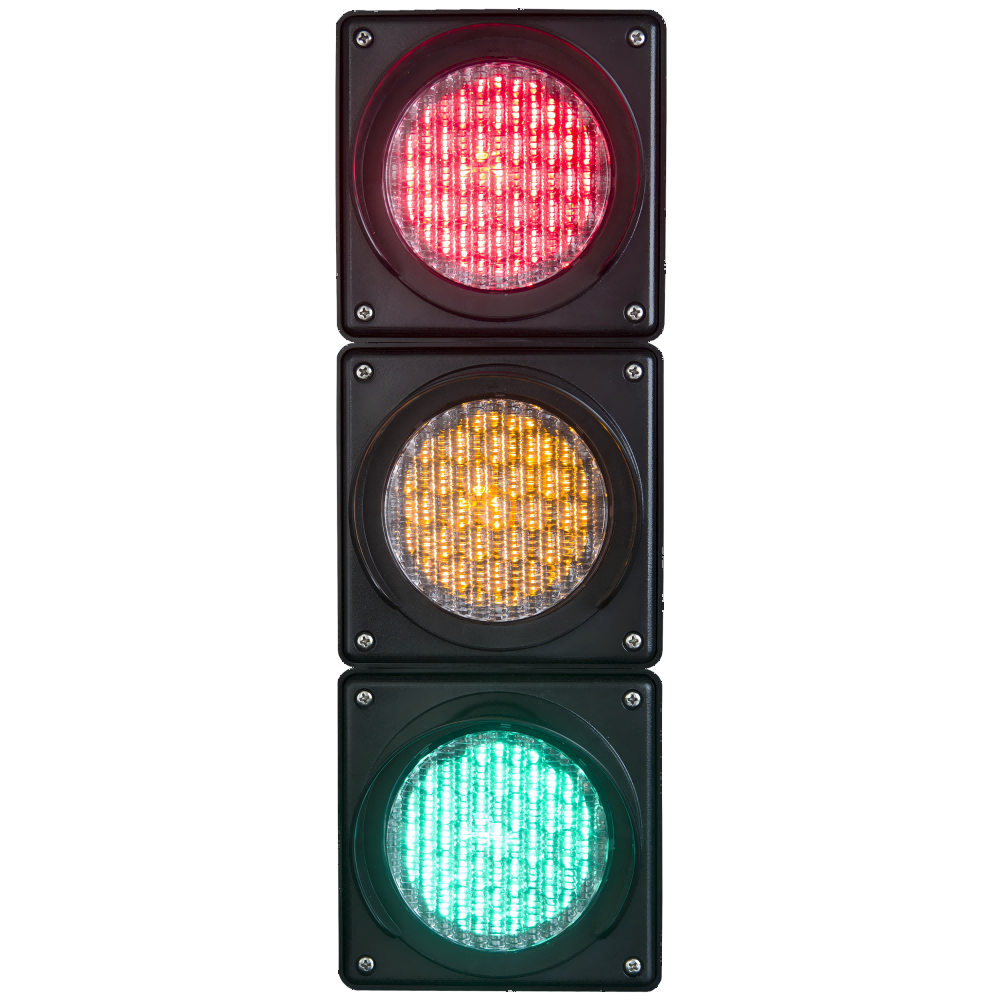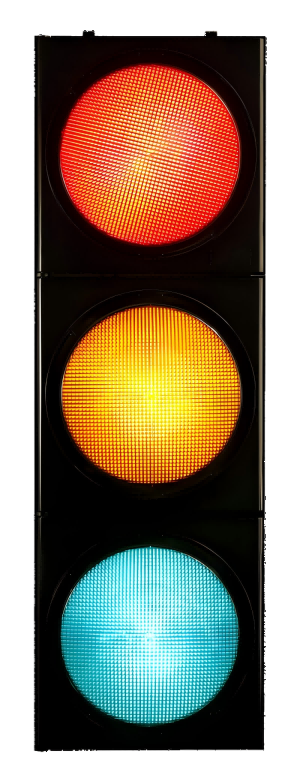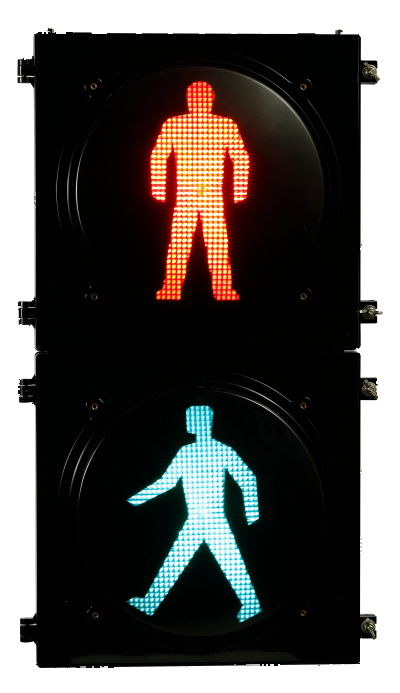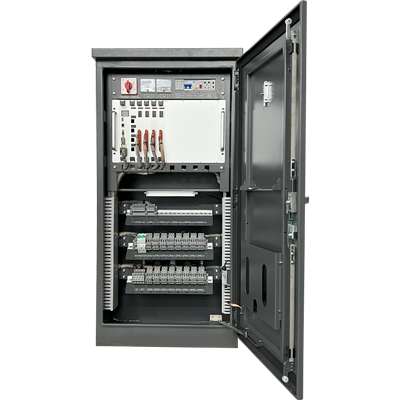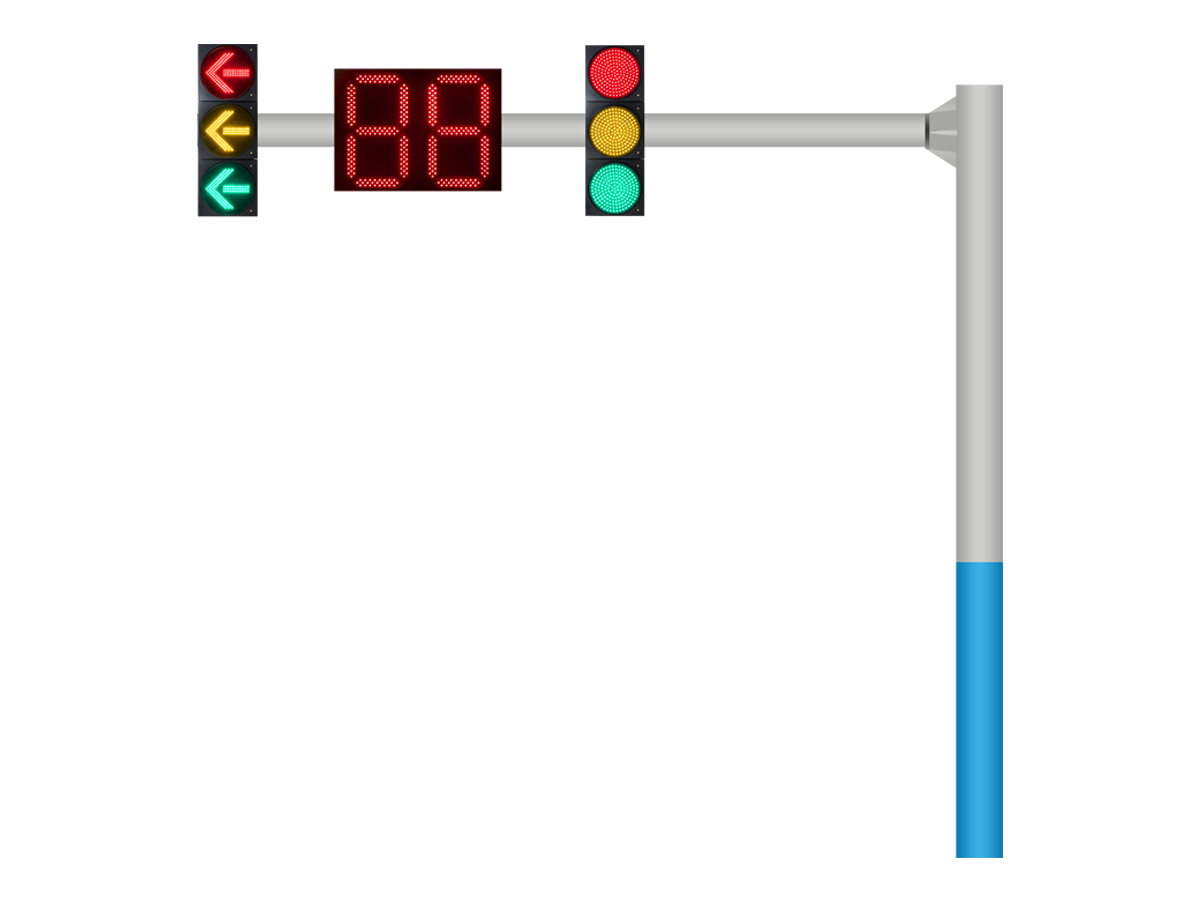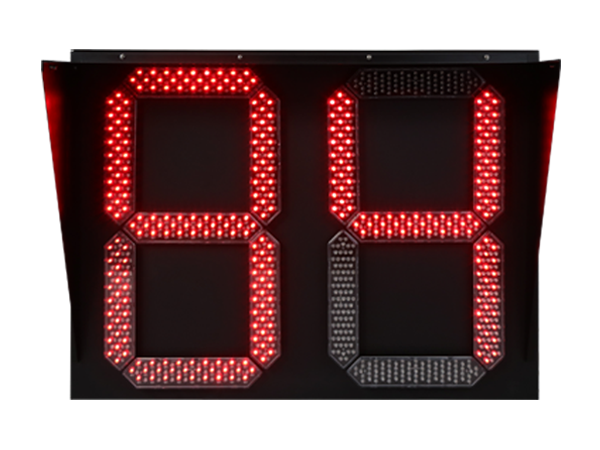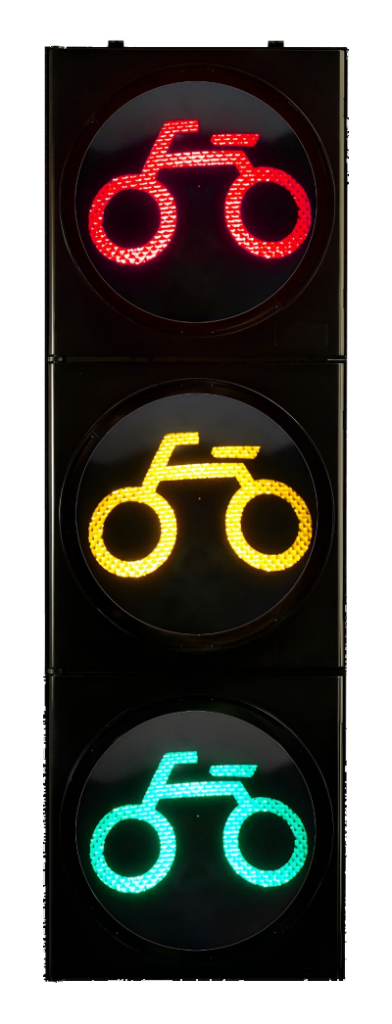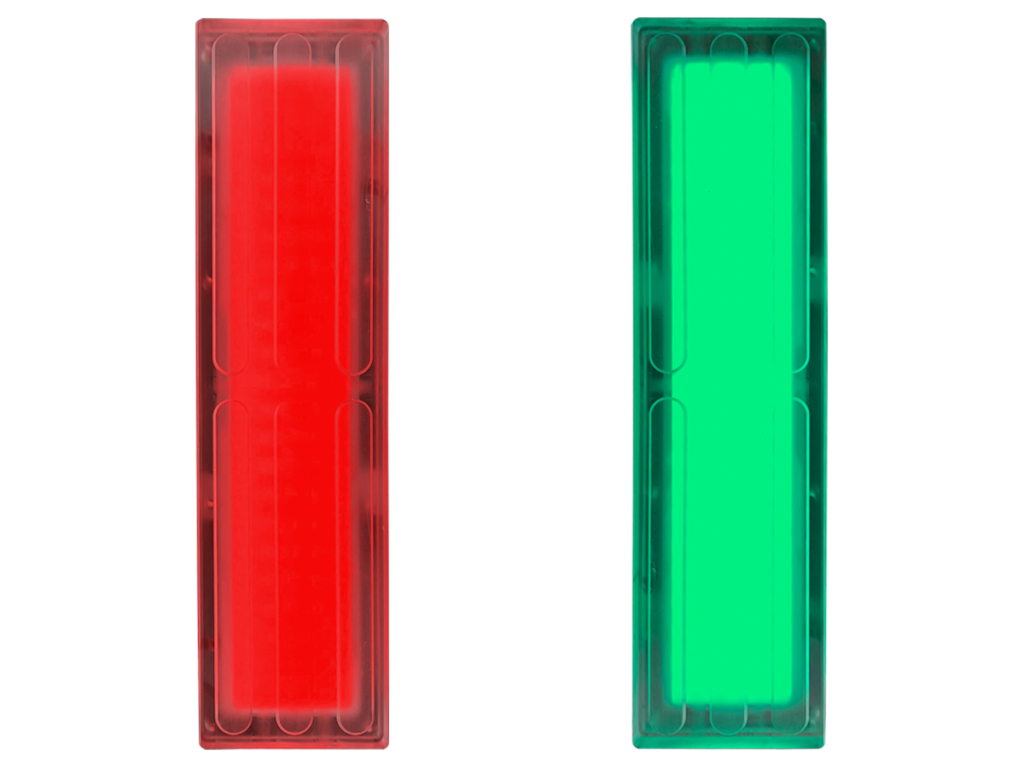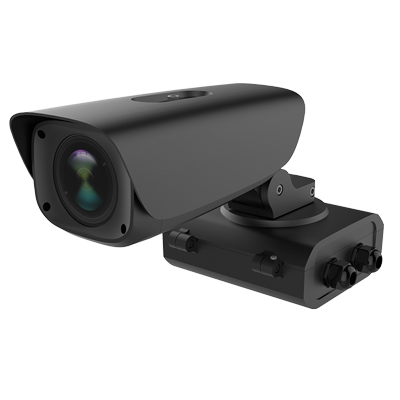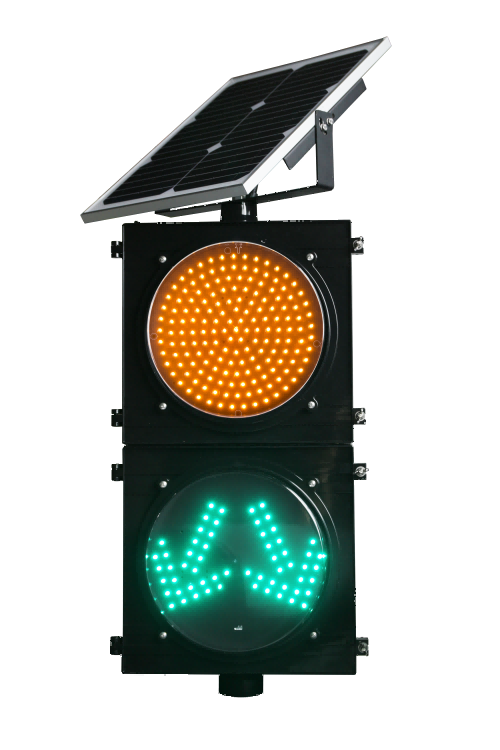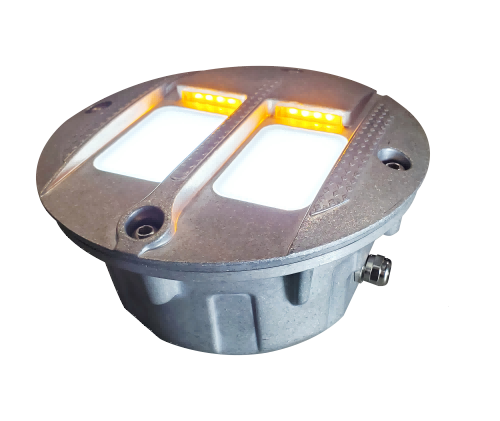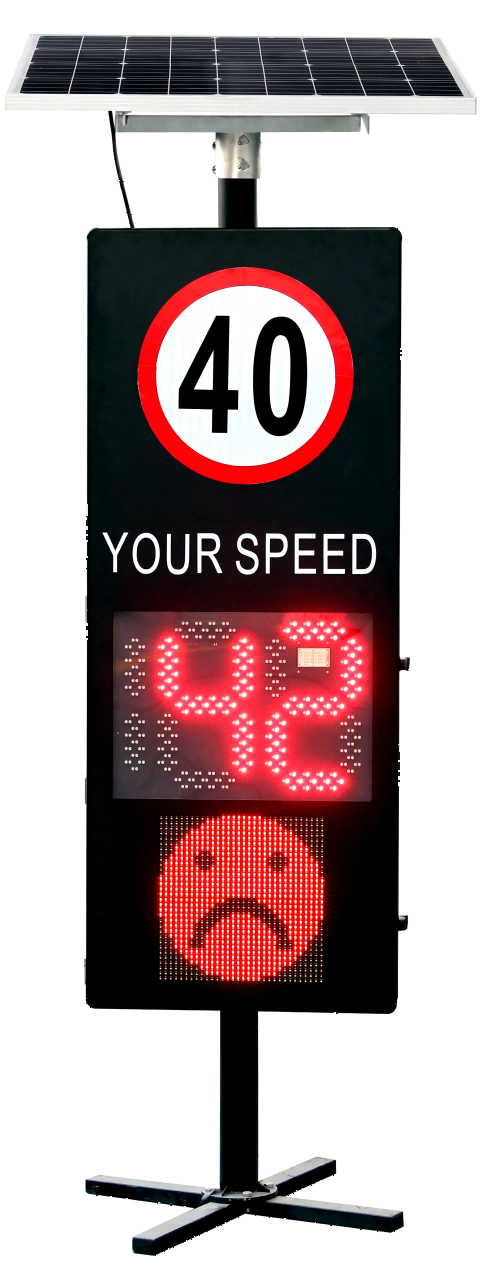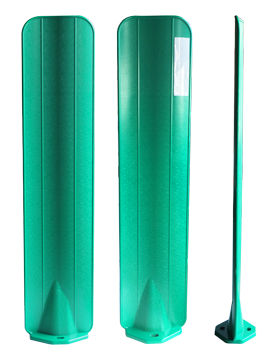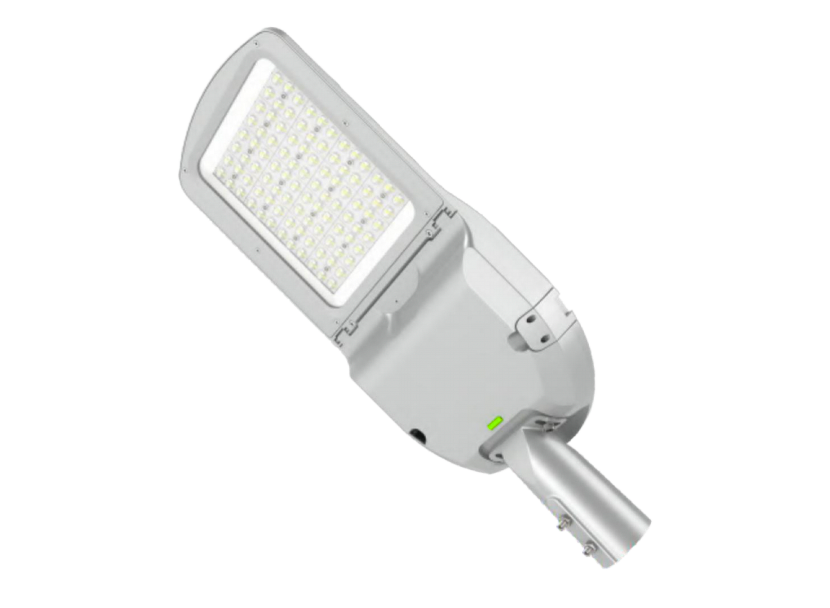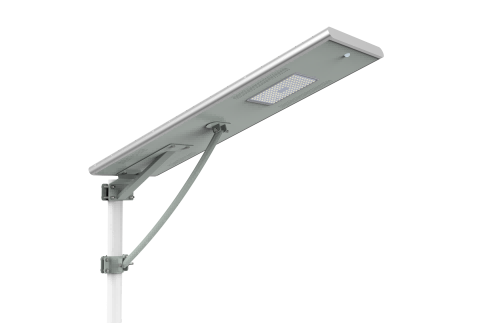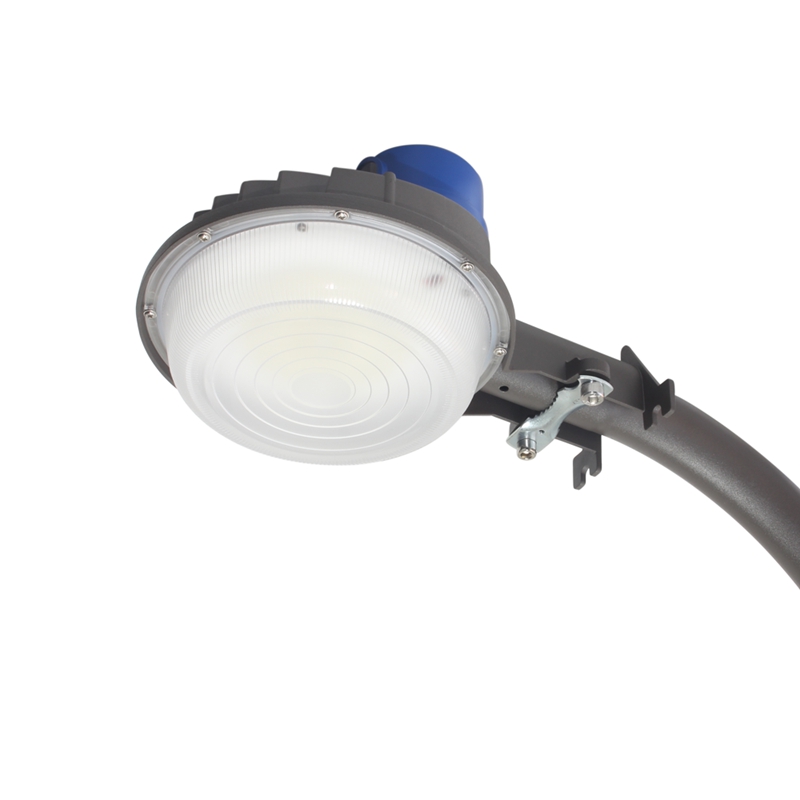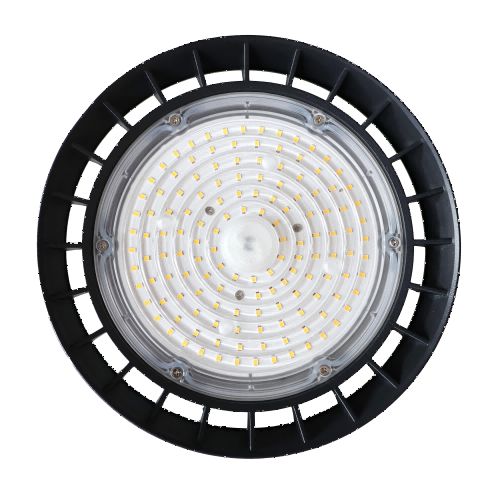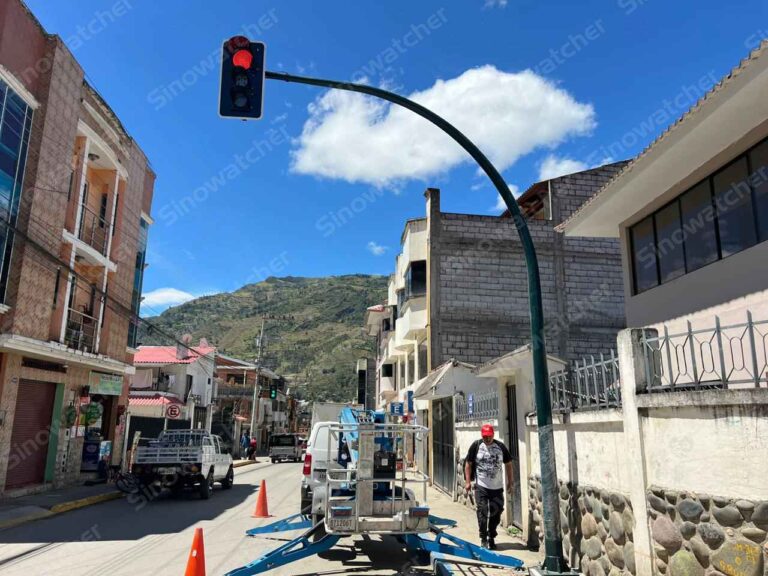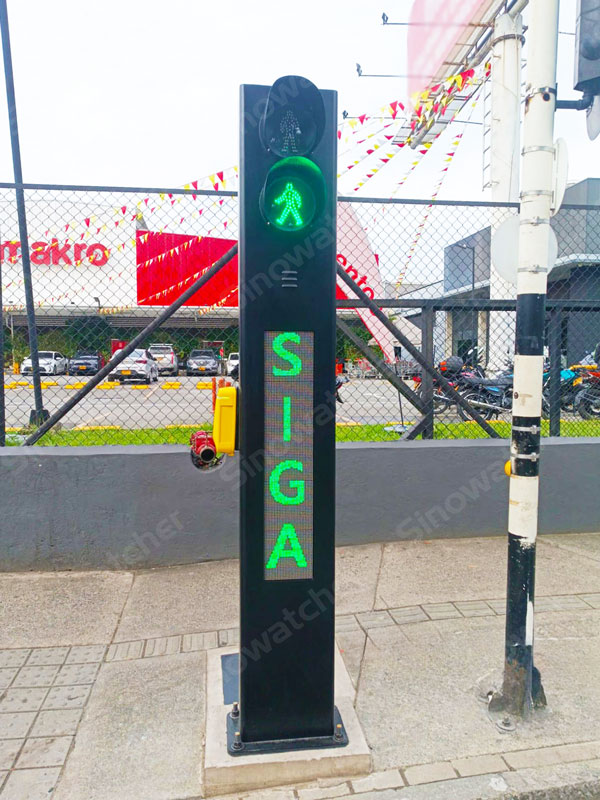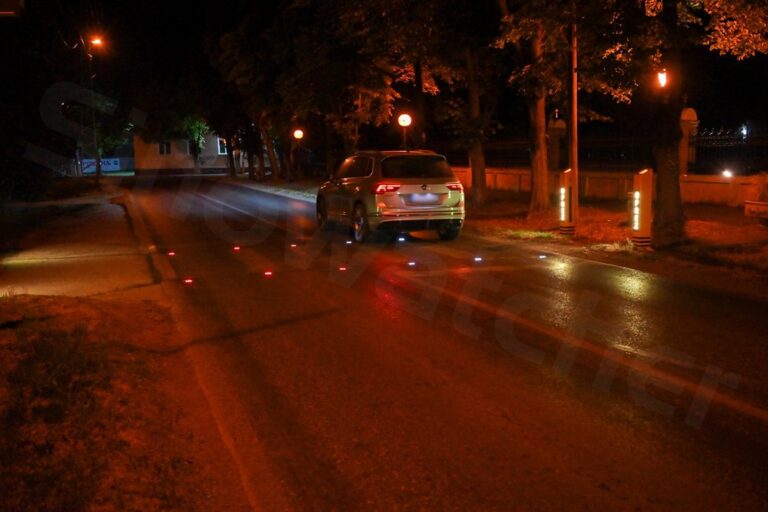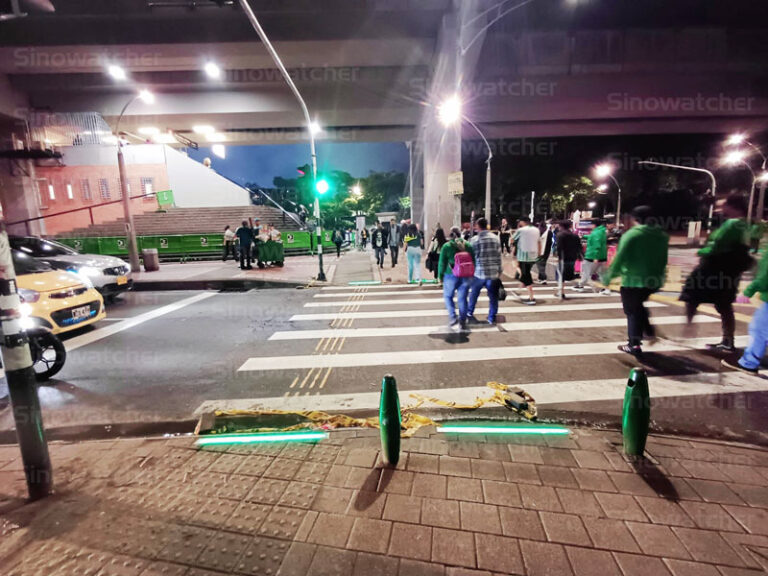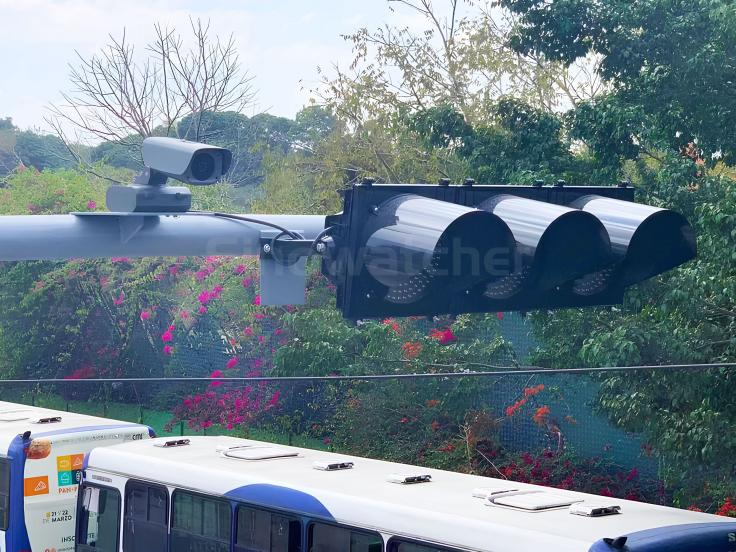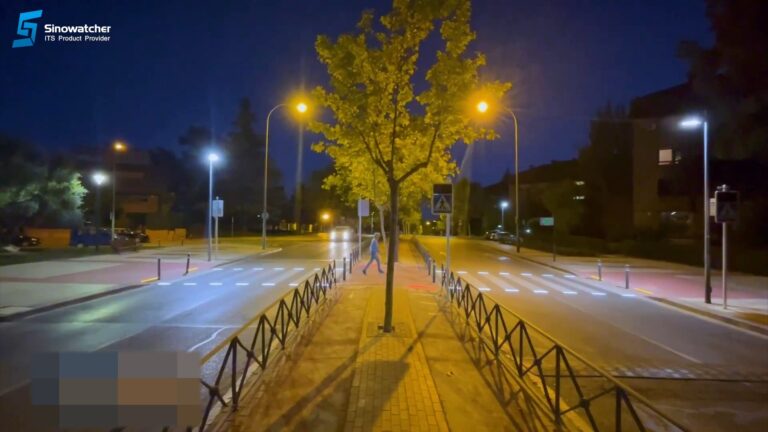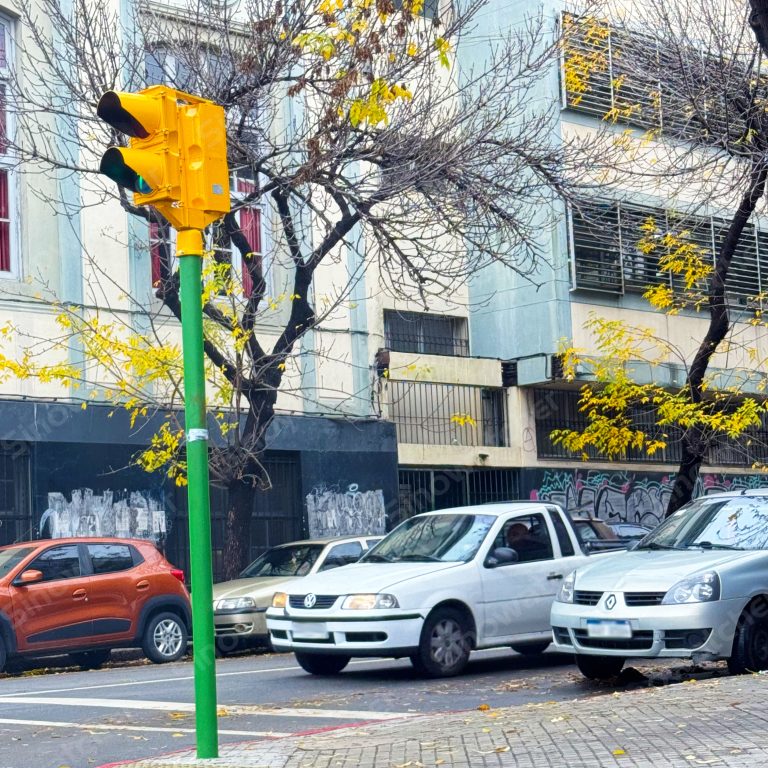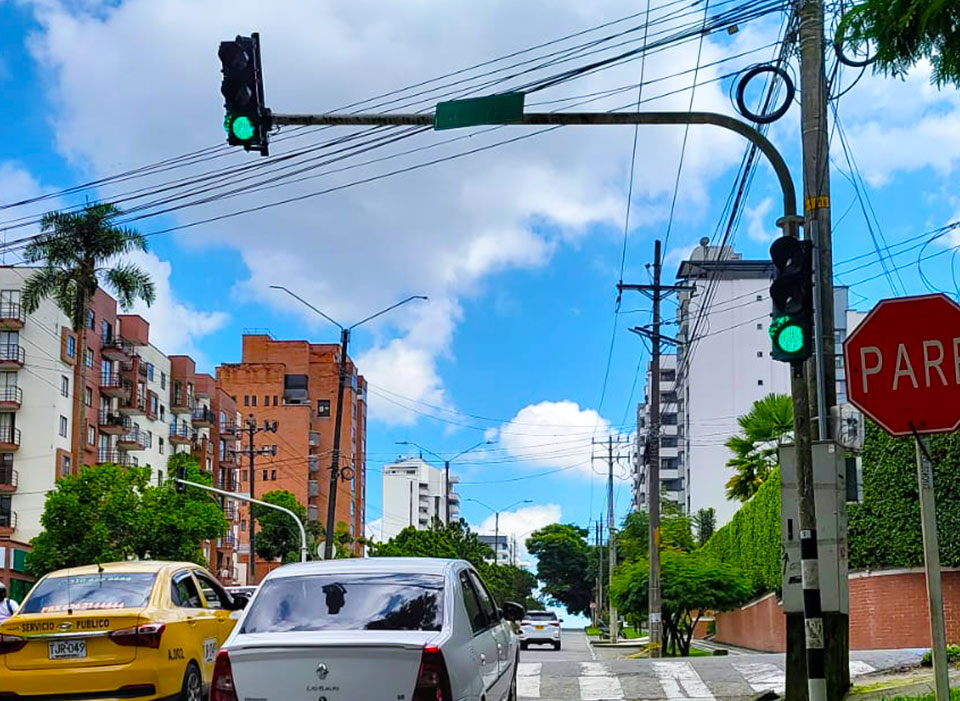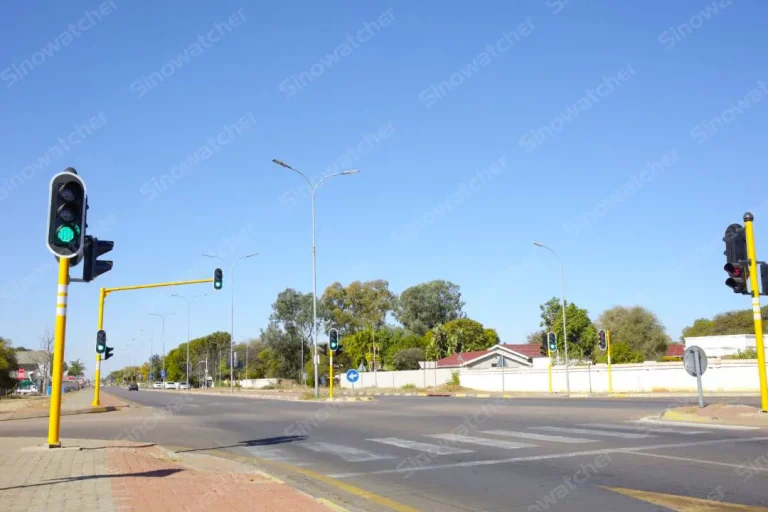What Are Pelican Crossings?
Pelican crossings (an acronym for PEdestrian light-controlled crossing) are one of the most traditional types of pedestrian signalization in the United Kingdom. These crossings operate using traffic lights controlled by pedestrians through buttons located at the edges of the sidewalk. By pressing the button, a sequence of lights is activated that alternates between signals for pedestrians and vehicles, allowing for safe crossing.
In general, it appears in a straight line or staggered road. If the pelican crossing goes straight across the road then you would treat it as one crossing even if it has a central refuge. If the crossing is staggered and not in line then the crossings are treated as separate.
Main Features of Pelican Crossings:
- Activation Button: Allows pedestrians to request crossing.
- Light Signals: Clear indicators for both vehicles and pedestrians.
- Fixed Timing: Light cycles are pre-set and do not respond to real-time traffic density or pedestrian flow.
What Are Puffin Crossings?
Puffin crossings (Pedestrian User-Friendly Intelligent crossing) represent an evolution of Pelican crossings, incorporating intelligent technology to enhance efficiency and safety. In addition to having buttons for pedestrians, Puffin crossings are equipped with sensors that detect the presence and movement of pedestrians, automatically adjusting the timing of signals based on actual demand.
These do not have flashing amber lights as part of their sequence and phase like normal traffic lights. Pedestrians can also run across the road from an angle and not start at the crossing.
Main Features of Puffin Crossings:
- Presence Sensors: Automatically detect pedestrians waiting to cross.
- Intelligent Signals: Adjust light cycles based on traffic and pedestrian flow.
- Greater Flexibility: Adapt waiting and crossing times to optimize vehicular and pedestrian movement.
Comparison Between Pelican and Puffin Crossings
The primary difference between Pelican and Puffin crossings lies in the incorporation of intelligent technology in Puffin crossings. While Pelican crossings operate with fixed timings, Puffin crossings utilize sensors to adjust signals according to real-time traffic and pedestrian conditions. This results in greater efficiency in traffic management and a better experience for pedestrians, who do not have to wait unnecessarily when there are few vehicles or pedestrians crossing.

Ideal Usage Situations
- Pelican Crossings: Ideal for areas with moderate pedestrian flow and predictable vehicular traffic. They work well in urban zones with less congested intersections where fixed light cycles do not pose significant issues.
- Puffin Crossings: More suitable for areas with high traffic density and substantial pedestrian flow, such as shopping centers, public transport stations, and commercial zones. The ability to adapt in real-time makes Puffin crossings perfect for dynamic environments where crossing demand can vary significantly throughout the day.
Minimum Equipment Required for Operation
For both types of crossings to function efficiently, the following basic equipment is necessary:
Pedestrian and Vehicle Traffic Lights:
- Pelican: Includes red, yellow, and green lights for vehicles and light signals for pedestrians.
- Puffin: In addition to traditional lights, incorporates sensors and intelligent control systems.
Activation Buttons:
- Pelican and Puffin: Accessible buttons for pedestrians to request crossing.
- Presence Sensors (only for Puffin): Detect the presence and movement of pedestrians to adjust signals in real time.
Controllers and Management Systems:
- Pelican: Basic controllers that manage pre-set light cycles.
- Puffin: Advanced controllers that integrate intelligent algorithms to adapt cycles based on sensor data.
Support Infrastructure:
- Physical Structures: Traffic light poles, signal panels, and mounting elements.
- Power Supply: Stable electrical connection, with backup options for Puffin crossings in case of power failures.
Communication Technology (optional for Puffin): Integration with traffic management systems and smart networks for broader coordination.
Other pedestrian crossing lights
- Toucan Crossings: It is a type of crossing that also allows bicycles to be ridden across. Unlike the pelican crossing, before the lights for vehicles go back to green, a steady red and amber are displayed instead of a flashing amber. The pedestrian/cyclist signal lights may be on the near side of the crossing (like a puffin crossing), or on the opposite side of the road (like a pelican crossing).
- Pegasus Crossings: It is a type of signalized pedestrian crossing with special consideration for horse riders. These crossings have raised push buttons so the horse rider does not need to dismount in order to cross the road.
Conclusion
Pelican and Puffin pedestrian crossings are essential for safety and efficiency at urban intersections. While Pelican crossings offer a reliable solution with fixed timings, Puffin crossings raise the standard by incorporating intelligent technology that dynamically responds to actual traffic and pedestrian flow conditions. The choice between the two depends on the specific environment and the particular needs of each urban area. However, both types of crossings, when properly equipped, significantly contribute to safer and smoother mobility, benefiting both drivers and pedestrians and promoting smarter and more livable cities.

